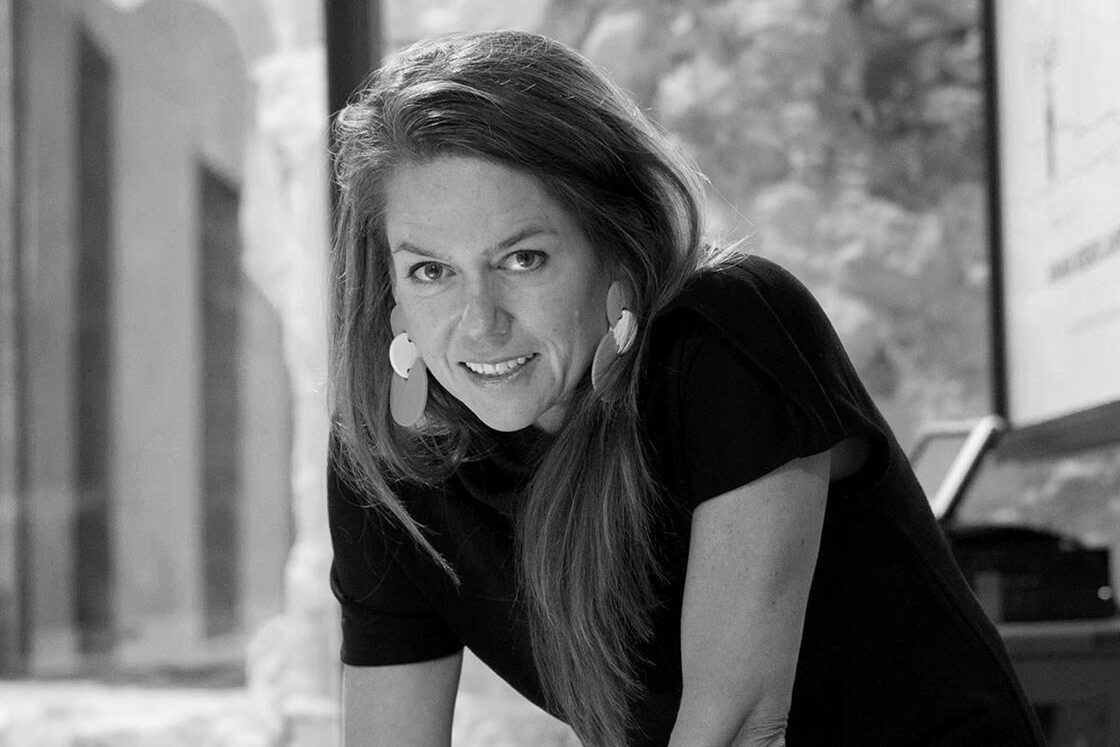The Center for Design and the Department of Architecture will present a talk for Amanda Lawrence’s latest book, The Architecture of Influence: The Myth of Originality in the Twentieth Century on Friday, December 1 from 11 AM – 1 PM.
Lawrence tackles the myth of the lone genius head-on in her book. She looks at architects, like Frank Lloyd Wright, who insisted that they weren’t influenced by others in their field. His works, he crowed, were wholly original.
You don’t have to be an architect to recognize the myth of the lone genius that Wright perpetuates. Lawrence is interested in unraveling this myth by breaking down the history of creative genius as well as the different ways architects’ buildings reveal the influence of those that came before them. She dedicates each chapter to just one way influence can show up in the buildings around us: replicas, copies, compilations, generalizations, revivals, emulations, and self-repetitions.
Lawrence shows the ways each of these representations of influence are their own forms of creativity. Take the Parthenon in Nashville, Tennessee. The structure was originally created from wood and plaster to be presented at the Tennessee Centennial Exposition in 1897, only to be completely rebuilt starting in 1919. Throughout the 11-year process of rebuilding the Nashville Parthenon, the architects and sculptors deviated from the Athenian original: the Nashville Parthenon uses concrete instead of marble; architects painted only specific sections of the building instead of its entirety. The result is a replica that combines historical research and creative improvisations that deviate from the original structure in Greece, a feat that requires both creative vision and design skills.
If we’re to believe the myth of the lone genius, Michelangelo would be the ur-example. Lawrence draws on research and analysis from CAMD professor of Art + Design Cammy Brothers to dispel the myth of the lone genius around the painter and architect. The man who many would consider a creative genius learned by copying. Lawrence argues that the architect who can copy and also play with adjustments, like scale, inversion, and reversal, shows true creativity.
Reading Lawrence’s work, it’s easy to see how relevant these notions of influence are to other art forms. How the ability to copy something, like a musical sequence or a brand logo, and add your own twist is an art form unto itself. You can look to fashion, where the designer Dapper Dan made a name for himself taking designer logos like Louis Vuitton and Fendi and mixing it with streetwear. Or you can turn your sights to music, where artists like Cardi B and Megan Thee Stallion will sample previous songs and incorporate them into their own.
But the question of influence becomes trickier when there’s money involved. Copyright, used as a way to protect artists, can be a battle ax against influence. Hayley Williams of Paramore sued Olivia Rodrigo when the artist’s song sounds too similar to hers. Dapper Dan’s shop was raided in the 1990’s for counterfeit items, ultimately leading him to close it down. But what happens when the item in question also serves a function? Lawrence points out that it’s harder to fight for copyright on a building, which also serves a functional purpose.
Lawrence’s book offers a new, creative way of looking at influence, no matter your discipline. The event will be on December 1, 2023 at 11 AM – 1 PM in the Center for Design. For more information, check out the Center for Design event page.


